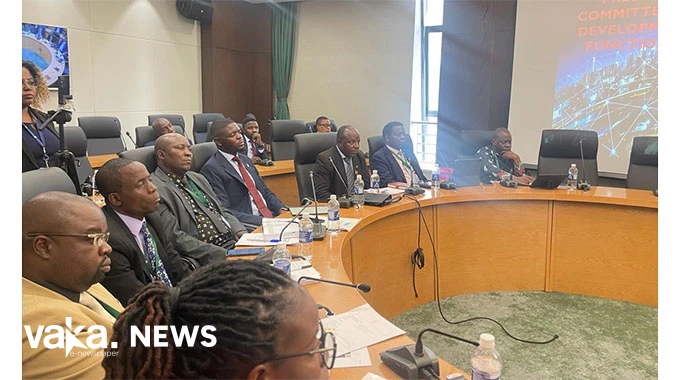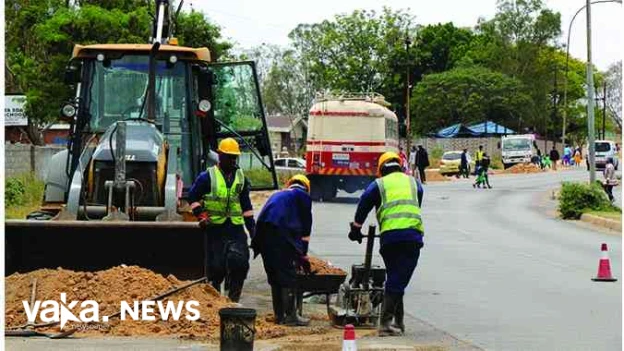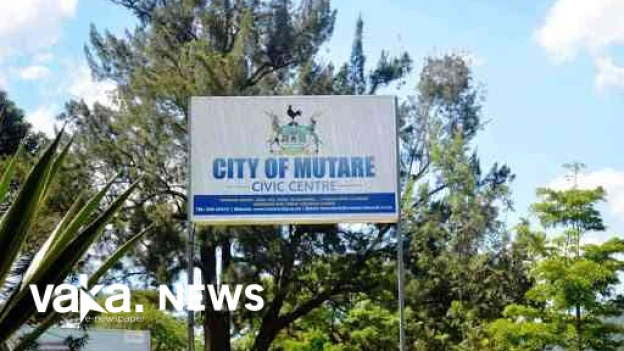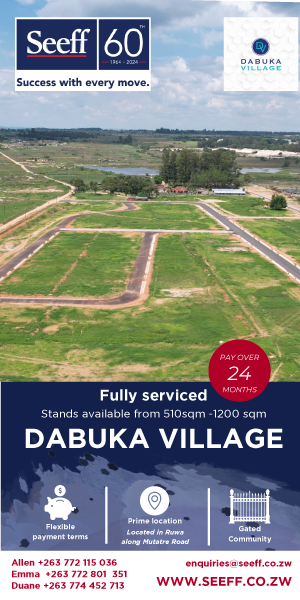Mines urged to build power stations as demand doubles
- Category: Construction

- By Dion Kajokoto
ELECTRICITY consumption is expected to nearly double in the coming year to 3 500MW peak demand with new and expanding mines and ever more houses on the grid, acting Zesa Holdings chief executive officer, Mr Eliab Chikwenhere, said yesterday.
Peak power consumption is now estimated to be 1,950 MW, but Mr. Chikwenhere informed the Parliamentary Portfolio Committee on Energy and Power Development that a surge to 3,500 MW is anticipated. "We anticipate the figure will encroach on 3 500 MW in the coming year due to the increase in demand from the current 1 950 MW and taking into account the new applications we have received, particularly in the mining sector," he stated. Zesa was interacting with mining businesses to persuade them to make investments in producing electricity for their own needs. "We are talking to mining companies about the need for them to produce their own electricity, particularly in the ferrochrome industry," Mr. Chikwenhere stated.
Under a tariff agreement currently in place, Zesa Holdings will offer subsidized power to Dinson Holdings, the business developing the iron and steel facility at Manhize near Mvuma, in exchange for the iron and steel company building three renewable energy plants. Around 270MW will be produced by the three plants, mostly for the US$1.5 billion iron and steel mill to supply internal demand. In addition to the 100MW solar plant at its ferrochrome smelting factory in Selous, Dinson is also developing a second 100MW wind-powered station at Manhize and a 70MW waste-heat-generating 70MW solar plant at its iron and steel plant.
At its Blanket Mine in Gwanda, the gold-producing business Caledonia Mining has constructed a 12 MW solar power plant, and Golden Valley Mine is now building a 7 MW solar power plant at its gold mine in Kadoma. Mr. Chikwenhere informed the Committee that the country's current power outages were caused by Kariba South's reduced generation as a result of the Zambezi River Authority's even lower water rations during Southern Africa's drought.
"The difficulties we are dealing with are really severe. The main cause of Kariba's power outage is the low water levels. You may be aware that, despite having an installed capacity of 1050MW, the Zambezi River Authority has cut our water allocation to the point where we are now only required to produce 240MW. Load shedding is the result of an extraordinary decline. "The condition of our equipment at Hwange Power Station, particularly with regard to Units One through Six, has made the problem worse; these are older units that we have been attempting to maintain because it is crucial that we do so," he stated.
Mr Chikwenhere said for the past 10 years, the power utility had been having problems of funding for the maintenance of its generation and distribution infrastructure.






